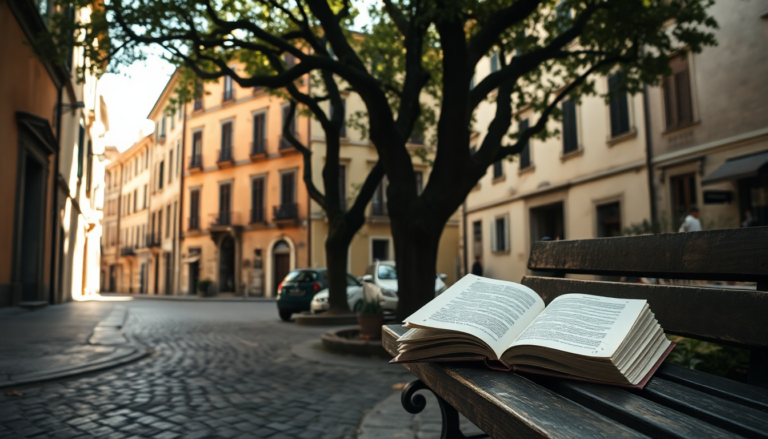Argomenti trattati
Imagine stepping into a world where every street corner and shadowed alley whispers tales of resilience and creativity. In Mario Martone’s cinematic universe, the personal intertwines with the collective, creating a rich tapestry that reflects Italy’s complex identity. His latest film, ‘Fuori,’ debuted at the 2025 Cannes Film Festival and is a poignant exploration of the life of the unconventional writer Goliarda Sapienza, portrayed by the mesmerizing Valeria Golino. Set against the backdrop of 1980s Rome, this film captures the essence of freedom, identity, and the intricate bonds of female friendship.
The heart of a story: Goliarda Sapienza
From the very beginning, ‘Fuori’ draws inspiration from a real-life event: the arrest of Goliarda Sapienza, a voice that defied literary norms in Italy. She was imprisoned for stealing jewelry, but it was within those stark walls of a Roman women’s prison that her journey of existential and artistic rebirth commenced. The film does not shy away from the harsh realities of incarceration; rather, it transforms the prison into a vibrant space of connection and solidarity. Through her interaction with a group of young inmates, including the character Roberta, played by Matilda De Angelis, the prison evolves into a crucible for emotional exchange, where societal conventions dissolve.
Visual storytelling through Italy’s landscapes
What strikes the viewer most about ‘Fuori’ is its stunning visual narrative, meticulously crafted through the choice of locations. Most scenes were filmed in and around Rome and Lazio, showcasing a juxtaposition of urban decay and pastoral beauty that encapsulates the warmth and nostalgia of the 1980s. The prison scenes, central to the film’s first act, were shot in a repurposed penitentiary on the outskirts of Rome, preserving a palpable sense of claustrophobia while simultaneously fostering an unexpected intimacy among women. As I watched these scenes unfold, I couldn’t help but recall my own visits to forgotten places, where the echoes of past lives linger as if the walls themselves could speak.
A journey from confinement to liberation
As the narrative progresses, the protagonists find themselves “outside” in a sprawling estate in the Roman countryside—an evocative escape from their previous confines. This setting embodies the hope of rebirth, where nature’s warmth and golden light offer a glimpse of renewal. Filmed in a rural villa not far from Rome, the countryside is depicted not as an idyllic paradise, but as a raw and authentic landscape, marked by the weary charm of Lazio’s summer. The visuals capture a sense of fragile freedom, mirroring Goliarda’s internal struggles between repression and blossoming potential.
The interiors, particularly Goliarda’s home, were filmed in lesser-known residential areas and 1970s-style apartments, curated with a keen eye by set designer Carmine Guarino. These locations are far from the postcard-perfect views often associated with Rome; instead, they present a more profound, layered depiction of the city. Hidden courtyards, neglected libraries, and overgrown gardens create a portrait of a marginalized yet vibrantly human community. Through Martone’s lens, we see a subterranean Rome where the undercurrents of life pulse with unseen vitality, which resonates with Sapienza’s own nonconformist spirit.
Reflections on a rich narrative
As I reflect on ‘Fuori,’ I am left with an indelible impression of how art can transcend its medium to become a powerful commentary on life’s complexities. It’s not merely a film; it’s a celebration of resilience and the relentless quest for identity. Just like Sapienza, who dared to exist outside societal norms, the film invites us to question our understanding of freedom and belonging. The contrasting themes of confinement and liberation weave through the narrative, leaving viewers with a profound sense of introspection and hope.
In the end, Martone’s work is a reminder that every corner of Italy has a story to tell—stories that resonate deeply with anyone willing to listen, to explore, and to feel. Just as I remember my own explorations, searching for those hidden gems that reveal the heart and soul of a place, ‘Fuori’ urges us to seek out the layers of humanity in the landscapes we traverse. After all, as many know, the journey is just as significant as the destination.

